Teaching Philosophy
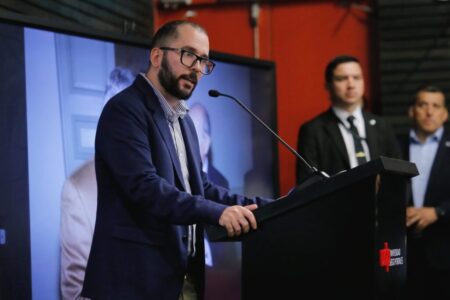
As an educator deeply engaged in the realms of literature, cinema, and art, my teaching philosophy is grounded in creating participatory, student-centered learning environments. I believe in nurturing a classroom dynamic where constant dialogue flourishes, enabling students to become active contributors to their own learning process. This approach transforms the educational space into a collaborative community, where ideas are freely exchanged and critical thinking is encouraged.
My courses are designed not only to impart academic knowledge but to foster creative expression. I am committed to a pedagogy that transcends conventional academic boundaries, aiming to bring scholarly insights into the public and cultural spheres. By encouraging students to produce a variety of creative works—from essays to narratives, videos, and songs—I enable them to apply their learning in ways that engage wider audiences, thus giving their intellectual endeavors a more expansive cultural resonance.
Crucially, I strive to connect the literary readings and cultural materials of the past with contemporary realities. This approach enriches our understanding of both historical contexts and current issues, fostering a deeper appreciation of how cultural artifacts shape and are shaped by the world we live in today.
My teaching portfolio showcases a diverse range of subjects, from the exploration of animated cinema’s literary and ideological influences to the analysis of visual culture across literature, memes, video games, and more.
Courses
UNIVERSIDAD DIEGO PORTALES
- “Fascismo y literatura. Escena artística ante el totalitarismo”. 2024.

This course delves into the representation and resistance to fascism and totalitarianism through literature, art, and film. Following Robert O. Paxton’s definition of fascism as “the most significant political innovation of the 20th century and the source of much of its suffering,” we explore how these media have reflected, resisted, and reinterpreted fascism in historical contexts such as Fascist Italy, Nazi Germany, and military dictatorships in Latin America. The course covers key topics, including the portrayal of the Holocaust, the Gulag, and dystopian authoritarianism, examining works by authors such as Adorno, Levi, Orwell, and Solzhenitsyn. Through theoretical reflections and critical explorations, students will learn how literature and art have both documented and opposed oppressive ideologies, providing platforms for critical reflection and resistance.
UNIVERSIDAD ADOLFO IBÁÑEZ
- “Imágenes de lo real. Visualidad y archivo en la literatura expandida, las artes visuales, el cine, la fotografía y el teatro latinoamericanos”. 2023.

This interdisciplinary course explores the complex intersections between visuality and the archive in contemporary Latin American literature, visual arts, cinema, photography, and theater. We critically examine the authority and truth associated with the archive, along with its manifestation in contemporary visual culture. Engaging with theoretical debates (Baron, Derrida, Foster, Steyerl, and others), we analyze cultural artifacts and interventions by Latin American artists and writers such as Fernando Bryce, Cecilia Vicuña, and Voluspa Jarpa. Key topics include the contemporary status of the image, the expansion of literature into other media, and the shifting dynamics between personal and official archives. - “Core Literatura y Humanidades”. 2022/2023.
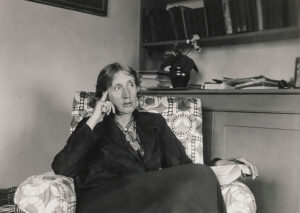
In this second-year humanities course, students explore central literary works that have shaped Western cultural history. Beginning with Homer’s The Odyssey, the course follows a journey through foundational texts such as Antigone, The Aeneid, Hamlet, Don Quixote, and ends with modern authors like Kafka, Woolf, and Borges. Engaging with questions about truth, morality, and human experience, students will develop the analytical skills necessary to navigate the complexities of these influential works while connecting them to contemporary issues. - “Disney como nunca lo viste. Influencias literarias y efectos ideológicos en el cine animado”. 2022/2023.
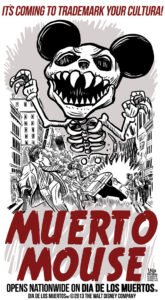
This course re-examines Disney and Pixar films through the lens of their literary influences and underlying ideologies. Often considered part of our sentimental education, Disney’s animated films are reinterpreted here as products of a cinematic industry deeply embedded in historical and ideological contexts. We explore films ranging from WWII propaganda to contemporary discussions of gender, race, and power, uncovering the cultural and political messages hidden within these familiar stories. This course will change the way you see Disney. - “Cómo leer una imagen. Literatura, cine, emojis, memes, selfies, tiktoks, drones y videojuegos”. 2022.

How do we read an image? Are we taught to read images, or do images teach us how to be read? Drawing from these provocative questions, this course provides students with visual training to critically “read” images across various media—from literature, films, and photography to memes, TikToks, selfies, and video games. Inspired by László Moholy-Nagy’s assertion that future illiterates will be those who cannot read images, we examine the intricate connections between technology, ideology, and temporality in the visual landscape. - “Ilusiones y desilusiones del siglo XX: una aproximación al cine y a la literatura desde y sobre Latinoamérica”. 2022.
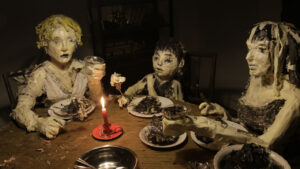
This course investigates the role of animated cinema in Latin American cultural history, examining how it has served as both a tool for formal experimentation and political critique, as well as a medium for U.S. cultural influence. Through case studies ranging from stop-motion films exposing Nazi communities in Chile to Barbie’s deconstruction of normative sexuality, we explore the complex relationship between identity, memory, and representation in animated cinema and its literary counterparts. - “Un planeta llamado Roberto Bolaño”. 2022.
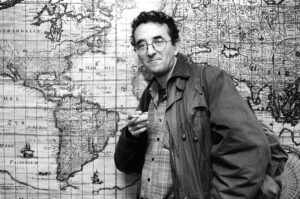
This course offers an in-depth exploration of the works of acclaimed Latin American writer Roberto Bolaño. Focusing on the key stages of his career, we examine his novels, poems, and short stories in relation to major historical events in contemporary Latin America, such as the Tlatelolco Massacre, the Chilean dictatorship, and border conflicts between Mexico and the U.S. By engaging with Bolaño’s works and related Latin American art and cinema, students will gain insights into the intersections between literature, history, and politics.
PRINCETON UNIVERSITY
- “Poetics and Politics of Latin American Cinema”. 2018.
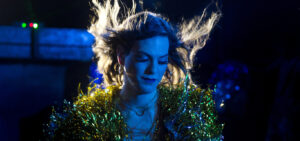
An examination of contemporary Latin American cinema within a theoretical and historical framework, this course explores topics such as subalternity, sexual and racial politics, genocide, and dictatorship. Through critical readings and film screenings, students engage with questions of cultural hybridism, biopolitical fantasies, and postcolonial poetics in relation to Latin American visual storytelling. - “Identity in the Hispanic World”. 2020.

This course examines how identity is constructed, negotiated, and remembered in Spain, Latin America, and U.S. Hispanic communities. Through literary, historical, and visual texts, we explore how markers of identity—such as “Latinx,” “Indian,” or “Chino”—are defined, contested, and transformed. The course spans colonial to contemporary times, engaging with the racial and cultural complexities that shape identities in Latin America, from Afro-Argentines and Maya K’iche’ to present-day Latinx communities in the U.S. - “Intermediate/Advanced Spanish”. 2019.

This course expands on the foundational skills of Spanish language learners, focusing on comprehension and communication in authentic contexts. Through a variety of written, oral, and audiovisual materials, students will refine their speaking, listening, reading, and writing abilities, achieving greater fluency and grammatical accuracy by the course’s end.
Future courses
- Archivos expandidos.
- Press Start to Play: Un viaje a través de la historia y la literatura interactiva de los videojuegos.
- Formas de leer imágenes. Poesía visual y libros de artista en América Latina.